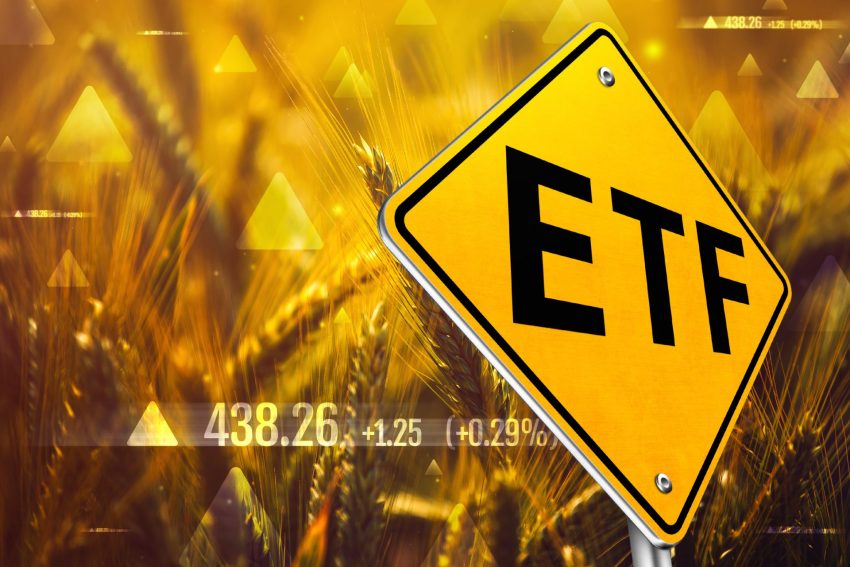Agriculture exchange-traded funds (ETFs) offer investors a way to tap into the agricultural sector without directly trading commodities or individual stocks. These funds track agricultural commodities, agribusiness companies, or a mix of both, providing diversification and a hedge against inflation. This article covers the key agriculture ETFs, their history, reasons investors choose them, their impact on farmers, whether farmers should invest, and their performance in 2025.
History of Agriculture ETFs
Agriculture ETFs emerged in the early 2000s as commodity markets opened to retail investors. The Invesco DB Agriculture Fund and VanEck Agribusiness ETF both launched in 2007, followed by Teucrium’s commodity-specific ETFs between 2010 and 2011, and the iShares MSCI Agriculture Producers ETF in 2012. The 2008 financial crisis boosted interest in commodities as a hedge against inflation and volatility, driving the growth of these funds.
Key Agriculture ETFs
Several agriculture ETFs dominate the market. The Invesco DB Agriculture Fund (DBA), with $780 million in assets, invests in futures contracts for crops like corn, soybeans, wheat, and sugar, as well as coffee, cocoa, cotton, and feeder cattle. It carries a 0.91% expense ratio and a 4.5% dividend yield. The VanEck Agribusiness ETF (MOO) focuses on equities of companies like Deere & Co., Corteva, and Archer Daniels Midland, with a lower 0.52% expense ratio. The iShares MSCI Agriculture Producers ETF (VEGI), holding $103–149 million in assets, tracks similar agribusiness equities, offering a 0.39% expense ratio and a 2.7% dividend yield. The Teucrium Agricultural Fund (TAGS) combines exposure to corn, soybeans, wheat, and sugar through other Teucrium ETFs, while the Teucrium Corn Fund (CORN), Soybean Fund (SOYB), and Wheat Fund (WEAT) target specific commodity futures.
Why Investors Choose Agriculture ETFs
Investors are drawn to agriculture ETFs for their ability to diversify portfolios and counter economic risks. These funds act as a hedge against inflationary periods, as commodity prices often rise. With the global population projected to reach 10 billion by 2050, growing food demand supports agricultural markets, benefiting both commodity and equity-focused ETFs. Agriculture ETFs also reduce risks tied to individual stocks by spreading investments across a sector less correlated with traditional markets. The sector’s resilience during recessions, driven by consistent food demand, adds stability. Additionally, dividends from funds like DBA and VEGI provide passive income, appealing to income-focused investors.
Impact on Farmers
Agriculture ETFs influence farmers indirectly by shaping market dynamics. They enhance price discovery and liquidity in commodity markets, helping farmers make informed planting and selling decisions. Equity-focused ETFs channel capital into agribusiness firms, fostering innovations in seeds, fertilizers, and machinery that boost farm productivity. However, speculative trading in futures can increase price volatility, especially during global disruptions like the 2022 Ukraine-Russia war, which spiked wheat and fertilizer costs. This volatility can misalign with farmers’ operational challenges, such as localized weather or labor issues, creating a disconnect between market trends and on-farm realities.
Should Farmers Invest?
Farmers might consider agriculture ETFs to diversify their income, given their exposure to farming risks like weather and market swings. These funds offer exposure to broader agricultural markets, potentially offsetting losses from a single crop. Commodity ETFs could hedge against price drops, while dividends provide supplemental income. Farmers’ market knowledge could help them time investments effectively. However, high expense ratios, like DBA’s 0.91%, and the volatility of commodity ETFs may deter risk-averse farmers. Liquidity constraints in smaller funds could also complicate trading.
Performance in 2025
In 2025, agriculture ETFs are navigating a complex landscape. According to ETF.com, funds like DBA, MOO, and VEGI saw gains in 2024, driven by supply chain disruptions and strong global demand. This trend continues into 2025, with MOO and VEGI benefiting from robust agribusiness earnings, particularly in equipment and biotech. DBA’s performance remains tied to commodity prices, which face pressure from geopolitical tensions and climate challenges but are buoyed by long-term demand. Specific 2025 returns are not fully available, but the sector’s resilience suggests steady interest, though volatility persists due to unpredictable global events.
Agriculture ETFs offer a compelling option for investors seeking diversification and inflation protection, while their impact on farmers is mixed, providing both market benefits and volatility risks. Farmers considering these funds should weigh their risk tolerance and financial goals against the sector’s opportunities and challenges.


